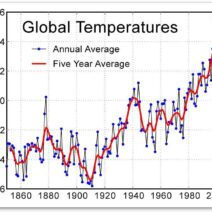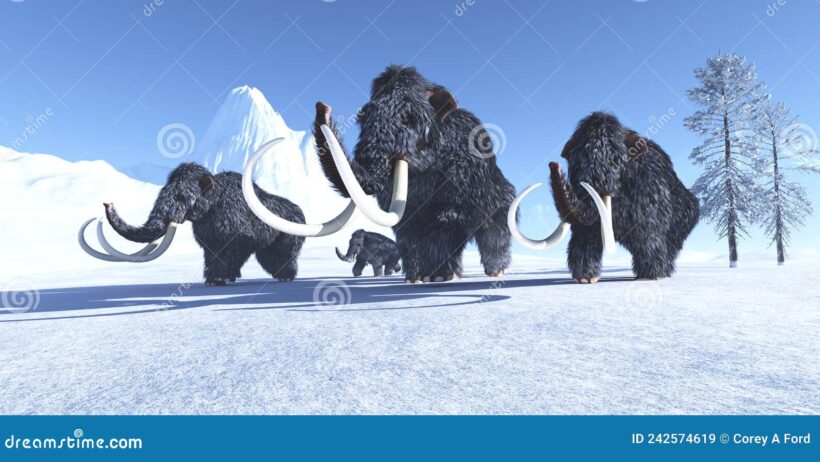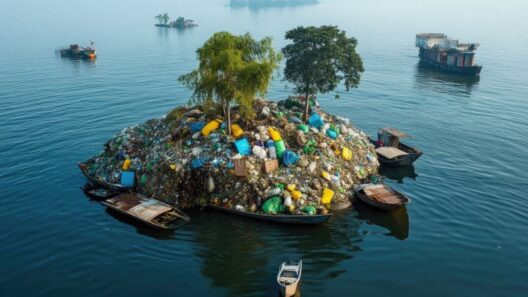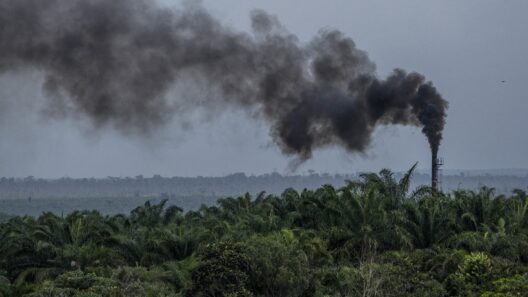As the specter of climate change looms ever larger over our planet, the exploration of unconventional strategies to mitigate its impacts has gained prominence. One intriguing proposition is the potential reintroduction of the woolly mammoth (Mammuthus primigenius) to modern ecosystems. While these colossal creatures have been extinct for thousands of years, the lessons of their past and their ecological roles may hold valuable insights for our current environmental challenges. Understanding how woolly mammoths can combat global warming requires a multifaceted exploration of their ecological contributions, the lessons derived from their extinction, and the technological advancements that may facilitate their return.
Woolly mammoths were part of a complex Pleistocene ecosystem characterized by the presence of vast grasslands and tundras. These ecosystems, known as steppe-tundra environments, were shaped in part by the foraging habits of these megafauna. Mammoths, as herbivorous grazers, played a significant role in maintaining this delicate balance. By consuming vast amounts of vegetation, they prevented forests from encroaching on these grasslands, which in turn helped sequester carbon in the soil. This stabilization of plant communities allowed for greater biodiversity, which is essential for ecological resilience—an attribute currently threatened by climate change.
One critical ecological lesson we glean from the woolly mammoth’s former habitat is the importance of large herbivores in shaping landscapes. Their grazing habits facilitated the growth of grasses that thrive in cold, arid conditions. When these large creatures vanished, the ecosystems they once inhabited transitioned. The loss of these grazers resulted in increased shrub and tree encroachment, leading to a net release of carbon dioxide—one of the primary greenhouse gases driving climate change.
Notably, the Pleistocene Park Project in Siberia exemplifies efforts to recreate mammoth steppe-like environments. The underlying principle hinges on promoting large herbivores like bison, horses, and even elephants to mimic the ancient conditions that woolly mammoths helped sustain. By restoring these ecosystems, scientists aim to enhance carbon storage in permafrost regions, which currently threatens to release massive amounts of methane as it melts. Methane, being over 25 times more potent than carbon dioxide over a 100-year timeline, poses a significant risk to global warming. Therefore, reinstalling large herbivores may serve to combat these deleterious effects.
The process of de-extinction—a term used to describe the scientific efforts to bring back extinct species—has gained attention in recent years, especially concerning woolly mammoths. Advances in genetic engineering, particularly techniques like CRISPR, have made it conceivable to resurrect traits of mammoths in their closest living relatives, the Asian elephants. This scientific endeavor offers a remarkably ambitious hope: the re-establishment of an efficient ecosystem that could mitigate climate change by encouraging carbon sequestration rather than carbon release.
Nevertheless, one must tread cautiously down the path of de-extinction. Ethical considerations about ecological responsibility are paramount. The reintroduction of an extirpated species raises the question of potential ecosystem disruptions. Would these mammoths compete with existing species for resources? Could they introduce diseases or stress to current wildlife populations? As the biotic communities shift in response to our warming climate, these factors must be iteratively assessed.
Additionally, lessons from the extinction of the woolly mammoth and its contemporaries reveal the critical role of biodiversity in environmental stability. The extinction event that eradicated woolly mammoths was tied to a combination of climatic changes and human activities. The loss of one species rippled through ecosystems, exemplifying the intricate interdependencies that exist within them. Our current conservation strategies must, therefore, focus on preserving existing biodiversity as a means to enhance resilience in the face of climate change. Rather than solely focusing on bringing back extinct species, we must prioritize the protection of endangered species to maintain balanced ecosystems that can better withstand the adversities driven by a warming world.
The notion of utilizing woolly mammoths to combat global warming also hinges on nuances of public perception and education. Greater awareness of how historical ecological dynamics function can galvanize support for both de-extinction initiatives and conservation efforts. Engaging in imaginative endeavors—like creating genetic hybrids or fostering environments reminiscent of the Pleistocene—should be accompanied by a robust educational framework to ensure comprehension of ecological interrelations. Educating the public on these topics can foster a collective sense of responsibility towards present-day wildlife and landscapes.
In conclusion, the woolly mammoth serves as a compelling subject in discussions surrounding climate change mitigation. Their potential reintroduction offers both a cautionary tale and a beacon of hope. By fully understanding their ecological role and considering the lessons learned from their extinction, we can better inform our strategies for restoring lost ecosystems. Balancing innovation with ethical considerations will be pivotal as we seek to confront the climate crisis head-on. Though woolly mammoths roamed the Earth thousands of years ago, their legacy still resonates in our modern struggle against global warming. Lessons from the past may guide us towards a sustainable future that reconciles humans and the natural world.





